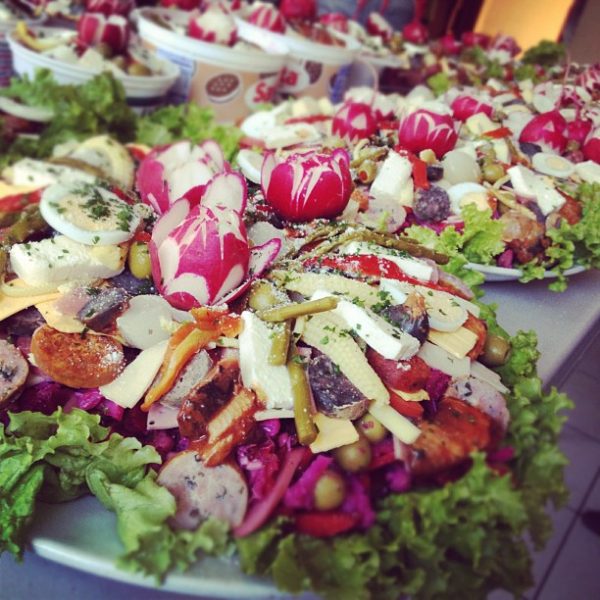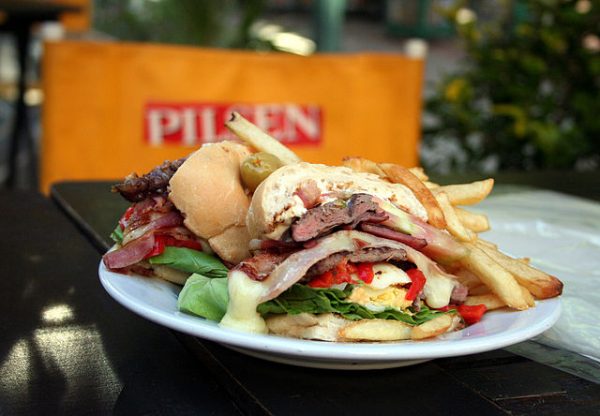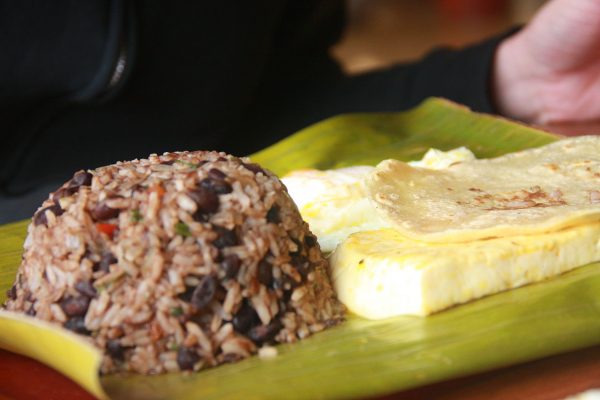6 Amazing Dishes from Latin America
Latin America is a very special region in the world, particularly when it comes to food. A very diverse cuisine is being found all over Central and South America. Everybody knows Tacos and Burritos, but what are some of the lesser known specialties that the locals love? This article highlights some of these dishes and what makes them as special.
1. Fiambre (Guatemala)
How do up to over 50 ingredients end up mixed together in one dish you wonder? You will not have to look any further than to Guatemala to find out. A specialty called Fiambre is one of the most traditional foods from the Central American state. Every year on the Day of the Dead and All Saints Day, families prepare a massive salad with a huge amount of ingredients.
The tradition is based on the family gatherings during the aforementioned Day of the Dead. Different foods, that were being brought to celebrate, were mixed together increasingly over time and created a magnificent food that has been a national treasure ever since.
From cold cuts to sausages to corn, cheeses, chicken or beets, anything and everything you can imagine is going into this dish. The recipes are being passed on to younger generations that will in turn keep the family tradition and recipe alive.
Depending on the amount of ingredients used in the fiambre, the price to make one will differ. Luckily, the ability to use ingredients which are available in many houses already, can keep the dish affordable.

Credit: Wikimedia
2. Chivito (Uruguay)
A suitable option for every time of day and night: the “King of Sandwich”. One of Uruguay’s most amazing foods is the Chivito and it is not exactly made for vegetarians. Known as a fast food eaten away from home, a chivito is made out of a bun filled with delicious ingredients. The regular version includes meat, tomato, bacon, onions, salad and a mozzarella ham mix.
If you decided to order the “completo” version in the small South American country, you will receive a true food mountain that is boosting over 20 cm height. In case that is still not enough and you would like some further extras, the sit-down version on a plate also comes with French fries and a fried egg. Chivitos cost about $8, which is a very fair price considering the meat quality in particular.
According to the legend, the dish was invented in a restaurant situated in the coastal city Punta del Este. One day, an Argentine woman came by and ordered something that was supposed to include goat meat. Since the owner Antonio Carbonaro did not have any such meat in his inventory, he improvised and came up with what is known as the Chivito (Chivito = small goat) today. He proceeded to add his invention to the menu for all guests to enjoy.

Credit: Wikimedia
3. Ceviche (Peru)
Over in Peru, things are getting a little fishy. Ceviche is made from fresh raw fish and prepared with lime and bitter orange juice. Besides, sliced onions, chili peppers, salt and pepper are added. It leaves the dish with a distinct taste, often served alongside corn and cooked sweet potato. Due to its rawness, the food has to be prepared fresh to avoid food poisoning.
While many other Latin American countries created their own variations, it remains the most popular in Peru. The country in the Andes region even celebrates Ceviche with its own holiday. You can buy a portion of the dish starting at around $6. If you are in the right place, you will even receive a small glass of marinade along with your food.
Stunningly, there are records of Ceviche ancestors being present about 2000 years ago. Apparently, it originated from Granada, Spain.
4. Gallo pinto (Costa Rica & Nicaragua)
Found predominantly in Costa Rica and Nicaragua, Gallo pinto is a very tasty dish with rice and black or red beans as its key ingredients. Those beans are cooked until the juice is almost gone. Locals enjoy it as breakfast along with eggs in all forms, cheese, a little steak or others. Due to the white/black or white/red look of the mix between rice and beans, the dish received its name. Gallo pinto could be translated as “spotted rooster”.
People inside the two countries like to argue about the origins of the dish. It seems to be generally accepted, that African slaves migrating into Latin America played a role in the process. When buying Gallo pinto, you can get it extremely cheap on local markets and for about $10 in high end restaurants. This makes it an affordable option for almost everybody.

Credit: Wikimedia
5. Arepa (Venezuela)
Looking somewhat like a thick tortilla, Venezuela’s Arepa is traditionally made of maize dough. The locals eat it daily in different forms. For example, splitting Arepas and making sandwiches out of them is a popular option. Depending on the specific area, they are being filled or topped with meat, salad, cheese, fish and the like.
However, the variety does not end here. When preparing the dish, you can also pick between grilling, baking, frying, boiling or steaming your product. This type of alternation allows Arepas to be on the menu regularly without having it become too boring and repetitive.
Due to the current heavy economic crisis in the country and its accompanying inflation, most Venezuelans have more severe problems than how to prepare their food at the moment. Simple ingredients such as a dozen eggs can cost up to $150, while being difficult to buy in the first place.
6. Tamale (Latin America)
All over Latin America, people are enjoying tamales since a very long time. Going back all the way to 8000 BC, they were most famously prepared by Aztecs and Mayas. A nice and handy format allowed their soldiers to carry the dish for long distances. The recipe survived until today and remains tremendously popular all over the continent. In countries such as Honduras or Guatemala, they are a key component on the food side of Christmas festivities.
While flamingo, frog and axolotl fillings are generally a story of the past, the dish itself remains a very tasty one. Packed in a corn husk, banana or plantain leaf, you will find steamed and filled maize dough. From sweet to savory, there is the right option for every festival and private event. When having the time to prepare them (and it takes quite some time), they can even be enjoyed for breakfast.
After the Spanish first discovered America, they took tamales back to their home country as a proof of civilization. Many centuries later, you can buy your own for about $2 a piece at a regular priced place.
